Coffee-Process Post-Harvest Natural Peeled Raisins
Good afternoon ahead of the fabulous steemian and coffeelovers.
On this occasion I will try to outline the general theory used in the post-harvest process of Natural Grape Raisin Arabica Gayo coffee.
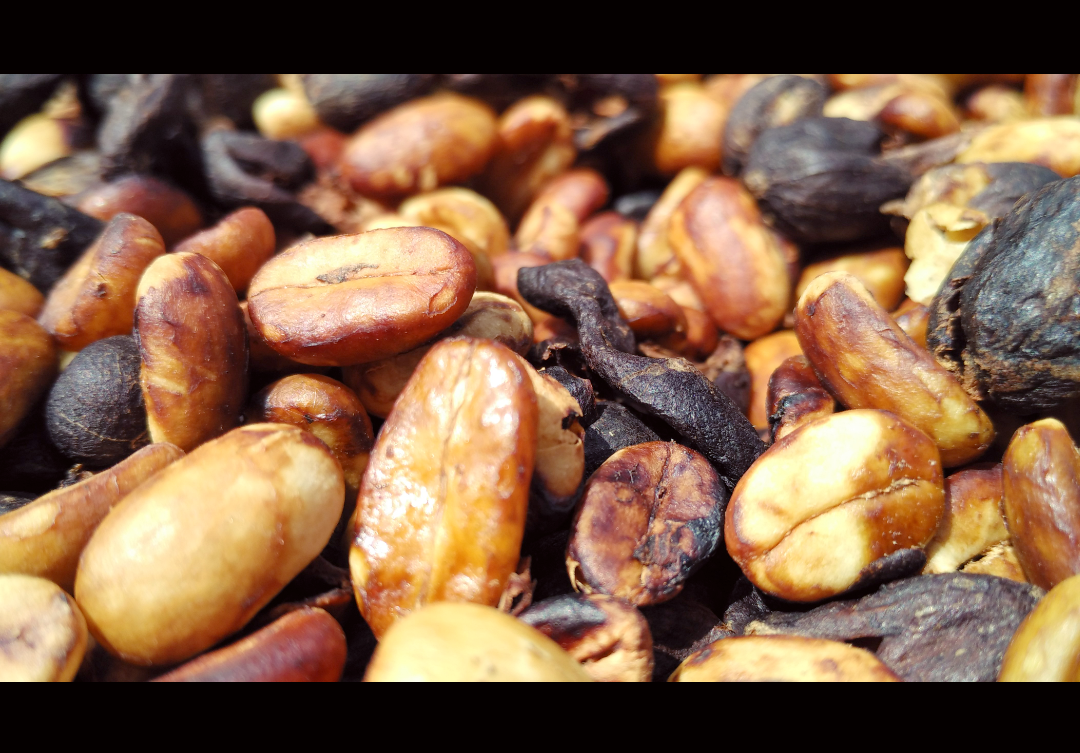
Let me remind you, before starting any process on coffee, we must first meet some of the main requirements as I have mentioned in the post Natural Winey before.
Read: https://goo.gl/rYTWSh
Specifically the natural post-harvest process in Gayo arabica coffee is divided into four as I distributed in the previous article but which I will discuss on this occasion is Natural Peeled Raisins.
The initial process of Natural Peeled Raisins is very simple if you have met the main requirements as I have mentioned above.
After the washing, ripe fruit coffee is evenly dried for at least 2 days and a maximum of 3 days if the weather is sunny until the physical condition of the fruit skin contract like a raisin.
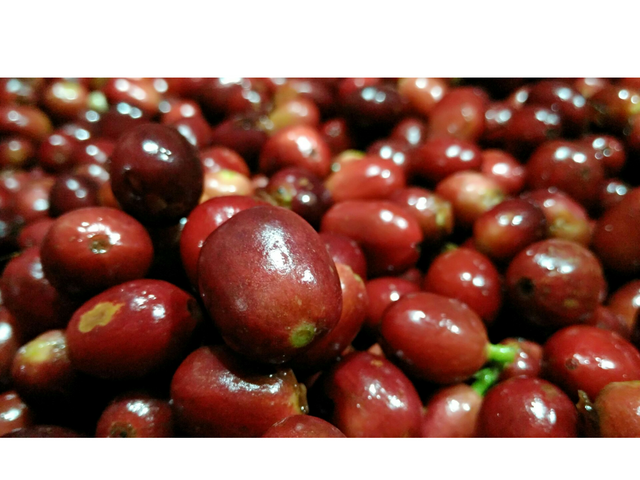
Furthermore, do the depulping process or peeling the skin of the fruit by using a pulper machine, strive the skin is wasted in the container on a clean container.
Grain that has passed the process of depulping then transferred to the container for drying.
Sprinkle the fruit skin that was in the container to the top of the coffee grain in the drying place, keep in mind that there is no more washing process in this section.
Do drying under the sun directly so that the fruits and lumuh / musilage / mucus contained on the surface of the grain immediately dry and adhere to the grain.
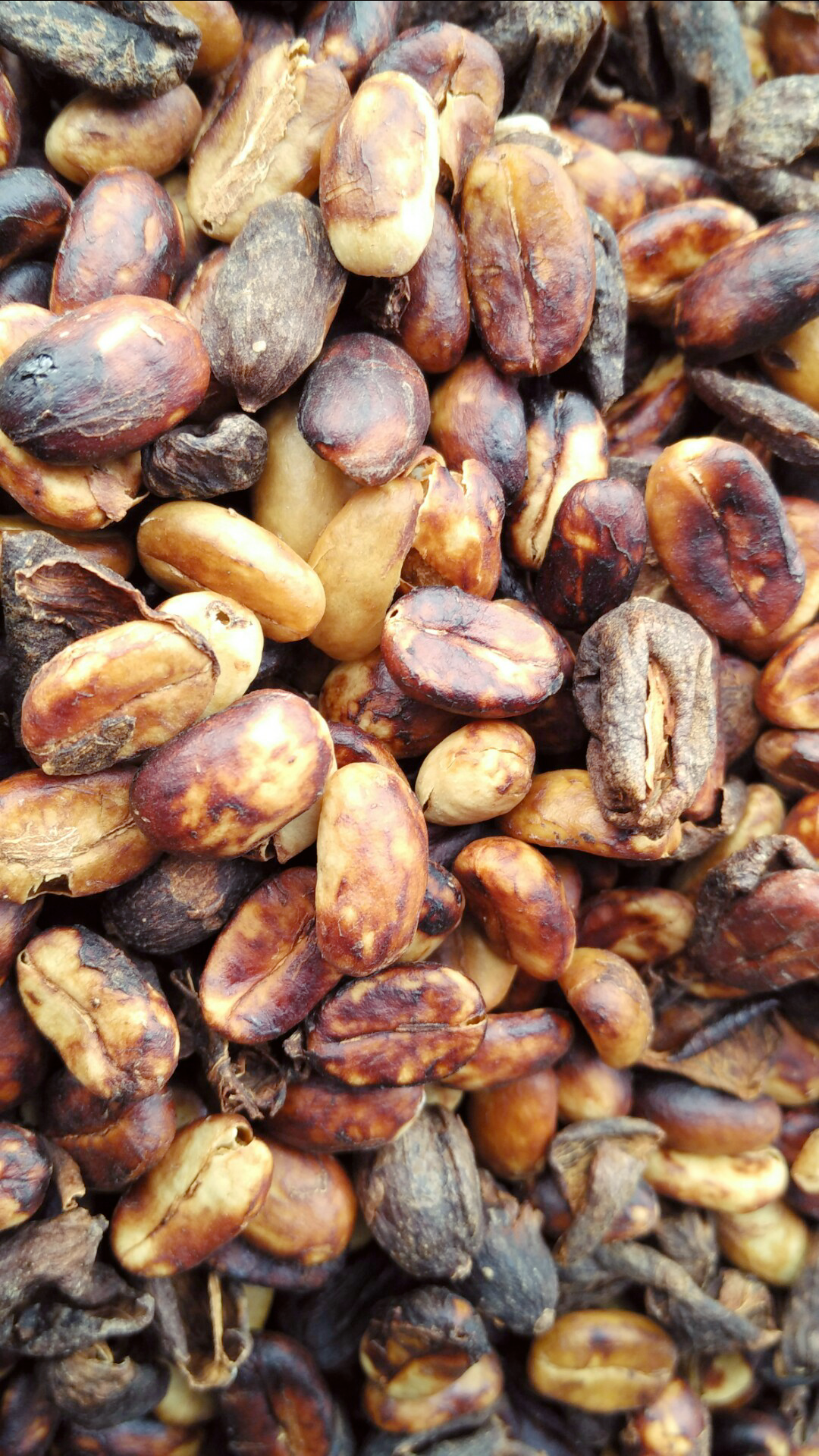
In this process we will gradually see the color change in grain that was initially cream-colored gradually gradually became orange, red and ended up glistening black at the end of the drying.
Long drying process is needed about 15-20 days if the weather is sunny.
Do the drying until the water content reaches 14-13% in coffee beans.
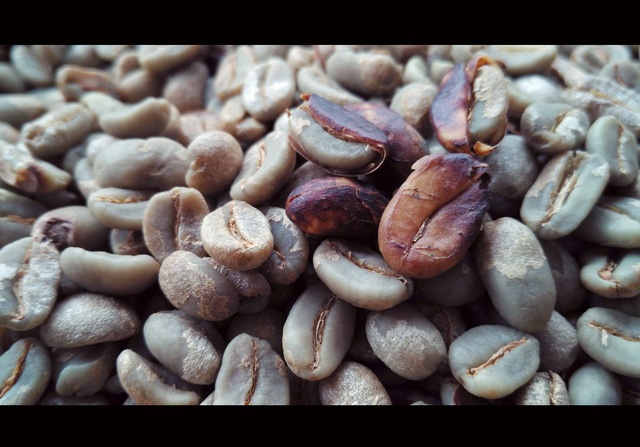
The next process is hullering to separate the fruit skin with dried seeds.
To get the perfect quality seeds, first the coffee beans have to pass the sorting process to separate the rotten seeds, rupture due to hullering, abnormal size and the like.
Before the roasting process coffee beans should be stored first for about a week in glass jars, transparent plastic or sacks to remove the aroma due to burning sun and the aroma of the drying media.
The expected end result of this process is the blue gradation gray with most of the silver skin still attached, the aroma and the sensation of the currant and body flavor thick.
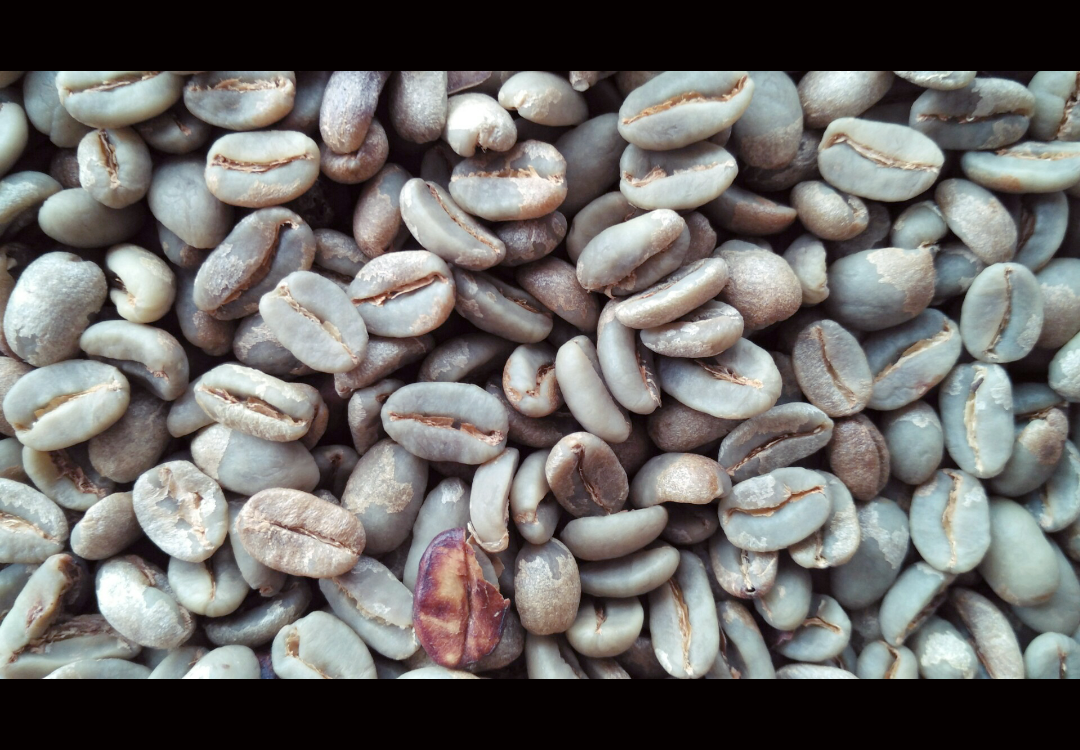
The effect on the body after after drinking this type of coffee more or less is a relaxed sensation and taste that you drink not coffee but the fluid of raisins.
Keep in mind that arabica coffee is in the process well does not cause the disease is the opposite even very good for health.
The level of complexity in the process of drying and quality control causes the price is quite expensive.
To buy one kilogram of powder you must be willing to pay about Rp. 350.000, - up to Rp. 400.000, -
'The brewing methods suitable for this type of process include V60, Cemex, Vietnam Drip and Cold Drip Tower or the simplest one is house brewing.'
The drying medium used is usually plastic sheeting, but nowadays it has been replaced by a wooden box with a base of aluminum wire or nylon net.
Similarly and thanks to the steemians who have been willing to read this post.
Kopi-Proses Pasca Panen Natural Kupas Kismis
Selamat siang menjelang sore para steemian dan coffeelovers yang luar biasa.
Dalam kesempatan ini saya akan mencoba menguraikan teori umum yang dipakai pada proses pasca panen Natural Kupas kismis kopi Arabika Gayo.
Kembali saya ingatkan, sebelum memulai proses apapun pada kopi, terlebih dahulu kita harus memenuhi beberapa syarat utama seperti yang sudah saya sampaikan pada postingan Natural Winey sebelumnya.
Baca: https://goo.gl/rYTWSh
Secara spesifik proses pasca-panen Natural pada kopi arabika Gayo terbagi empat seperti yang saya bagikan pada artikel sebelumnya tetapi yang akan saya bahas dalam kesempatan ini adalah Natural Kupas Kismis.
Proses awal Natural Kupas Kismis sangat sederhana jika anda sudah memenuhi syarat utama seperti yang telah saya sebutkan di atas.
Setelah di lakukan pencucian, buah kopi yang matang merata dijemur selama minimal 2 hari dan maksimal 3 hari jika cuaca cerah sampai kondisi fisik kulit buah mengkerut seperti kismis.
Selanjutnya di lakukan proses depulping atau pengupasan kulit buah dengan menggunakan mesin pulper, upayakan kulit yang terbuang di tampung pada wadah yang bersih.
Gabah yang telah melewati proses depulping kemudian di pindahkan ke wadah penjemuran.
Taburkan kulit buah yang tadi di tampung ke atas gabah kopi di tempat penjemuran, perlu di ingat bahwa tidak ada lagi proses pencucian di bagian ini.
Lakukan penjemuran di bawah matahari langsung agar kulit buah dan lumuh/musilage/lendir yang terdapat pada permukaan gabah segera kering dan merekat pada gabah.
Dalam proses ini lambat laun kita akan menyaksikan perubahan warna pada gabah yang pada awalnya berwarna krem lambat laun menjadi jingga, merah dan berakhir menjadi hitam berkilau di akhir masa penjemuran.
Lama proses jemur yang di butuhkan sekitar 15-20 hari jika cuaca cerah.
Lakukan penjemuran hingga mencapai kadar air 14-13% pada biji kopi.
Proses selanjutnya adalah gerebus atau hullering (english) untuk memisahkan kulit buah dengan biji yang sudah kering.
Untuk mendapatkan biji berkualitas sempurna, terlebih dahulu biji kopi harus melewati proses sortasi untuk memisahkan biji yang busuk, pecah akibat gerebus, berukuran tidak normal dan sejenisnya.
Sebelum di gongseng sebaiknya biji kopi disimpan dulu selama lebih kurang satu minggu di dalam toples kaca, plastik transparan atau karung untuk menghilangkan aroma akibat pembakaran matahari serta aroma dari media jemur.
Hasil akhir yang diharapkan dari proses ini adalah biji yang berwarna biru gradasi abu dengan sebagian besar kulit perak masih menempel, aroma dan sensasi rasa kismis dan body tebal.
Pengaruh pada tubuh setelah setelah meminum kopi jenis ini lebih kurang adalah sensasi santai dan rasanya yang anda minum bukan kopi melainkan cairan dari kismis.
Perlu di ketahui bahwa kopi arabika yang di proses dengan baik tidak menyebabkan penyakit justru sebaliknya malah sangat baik untuk kesehatan.
Tingkat kerumitan dalam proses jemur dan kontrol kualitas menyebabkan harganya lumayan mahal.
Untuk membeli satu kilogram bubuk anda harus bersedia membayar sekitar Rp. 350.000,- hingga Rp. 400.000,-
'Metode seduh yang cocok untuk jenis proses ini antara lain V60, Cemex, Vietnam Drip dan Cold Drip Tower atau yang paling sederhana adalah seduhan rumah'.
Media jemur yang digunakan biasanya adalah terpal plastik, tetapi dewasa ini telah mulai digantikan oleh kotak kayu dengan dasar kawat aluminium atau jaring nilon.
Demikian dan terimakasih kepada para steemian yang telah bersedia membaca postingan ini.
Sejahteralah petani kopi !
Asiiik, Media Steemit ini juga bisa dijadikan media catatan berbagai experiment yang sudah kita lakukan. Semangat terus bg.
Makasi banyak supportnya @mahlizasafdi.
orom orom abang kul.
this is a very good article for Coffee Lovers.
Congratulations, your post already Resteemed by @lingkargayo.
Thank you so much @lingkargayo
Bacaan yg bermanfaat.

Hampir setiap hari nikmati v60. memang nikmat
Makasi banyak bg Ir. Setiap hari V60 juga bg.. Hahahaha
Salam arabica Gayo 😊😊
Pecinta kopi sejati... Terimakasih ulasan proses yang luar biasa panjang.. 😊
Makasi udh mampir kak @irasiregar. Kalo ada yang kurang pas boleh di kritik langsung kak :)
Mantaaap postingan mendetailnya.
Semangat terus ber Steemit
Terimakasih sudah mampir kak @anggreklestari.